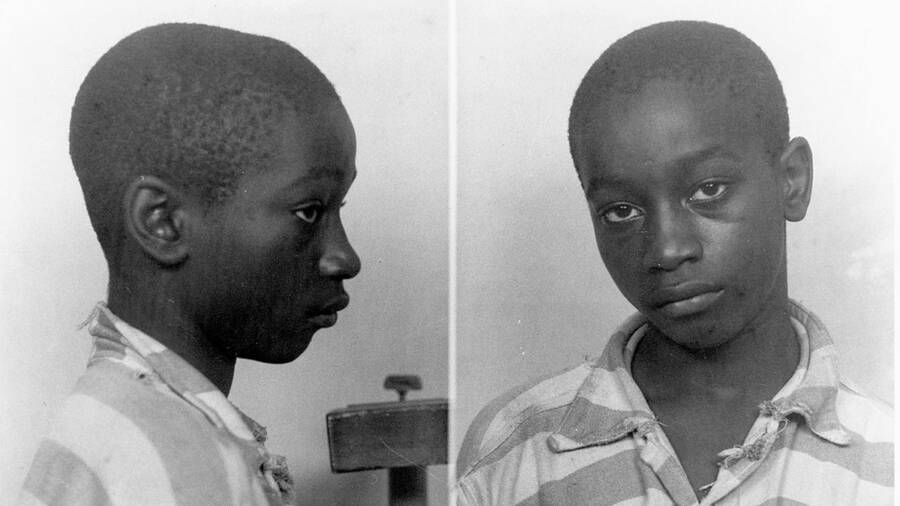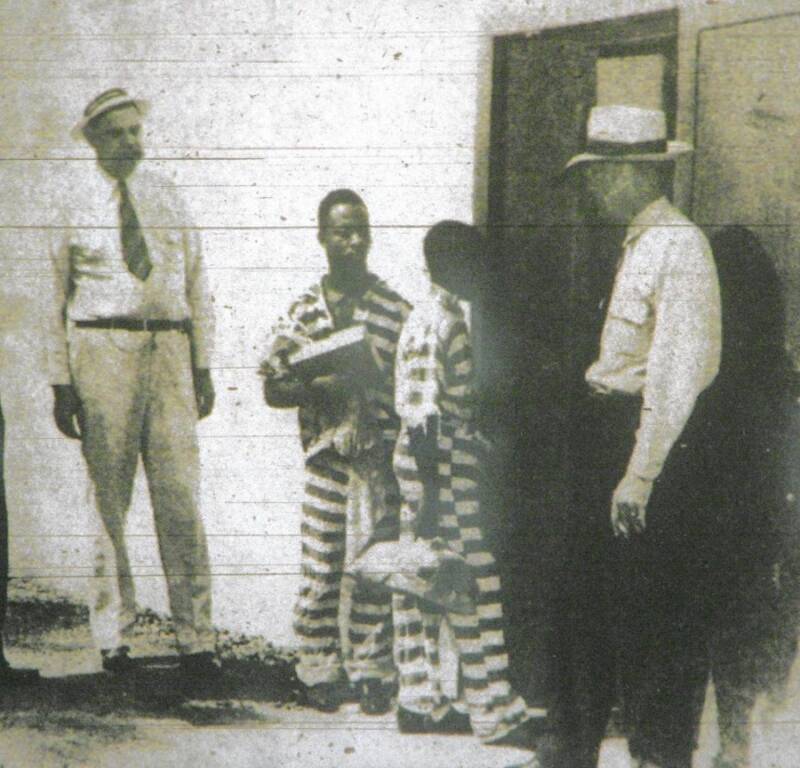From fiery electrocutions to sloppy beheadings, these botched executions ensured that the victims suffered until their final breaths.
The morality of capital punishment has been debated for centuries. Though the execution of criminals and dissidents dates back to ancient times, this practice has remained controversial for nearly all of human history. Botched executions are just one reason why.
Botched executions are defined as any that involve a break from protocol, unanticipated problems, or delays that cause unnecessary pain and suffering for the person being executed. Though it’s easy to imagine this being a problem centuries ago — particularly during medieval executions — it still happens in modern times and it’s much more common than you’d think.
From 1890 to 2010, it’s been estimated that 276 of the 8,776 executions that happened in the United States had problems. That’s a little over 3 percent. These issues can include anything from an inmate catching on fire in the electric chair to agonizingly long lethal injections that drag on for hours.
These nine cases chronicle some of the most horrifically botched executions from history and illustrate the pain of each and every inmate who assumed that being executed was as bad as things could get. To add insult to grave injury, some of these prisoners weren’t even actually guilty.
The Agonizing Electrocution Of 14-Year-Old George Stinney Jr.

Wikimedia CommonsGeorge Stinney Jr. was the youngest American ever put to death in the electric chair.
In 1944, a 14-year-old Black boy named George Stinney Jr. was accused of murdering two white girls in South Carolina. An all-white jury took just 10 minutes to find him guilty, despite the lack of any physical evidence that pointed to him. Stinney was soon sentenced to death in an electric chair.
Born on October 21, 1929, in Pinewood, South Carolina, Stinney had been raised in the segregated town of Alcolu. When the bodies of 11-year-old Betty Binnicker and 7-year-old Mary Thames were found in a ditch in March 1944, all eyes were on Stinney. He was believed to have been one of the last people to see the girls alive, and he was soon arrested.
Clarendon County authorities based their suspicions on a witness statement. Someone in town had apparently seen Stinney speak to the girls before they rode off on their bicycles, never to be seen again. That much was true, but there was no clear motive for him to violently murder them.

Jimmy Price/The Columbia RecordGeorge Stinney Jr. was exonerated 70 years after his botched execution.
Still, police were convinced of his guilt. After they first handcuffed him, they interrogated him for hours without a single witness, parent, or attorney present. The cops then claimed that he had confessed to the killings — as revenge for one of the girls refusing to have sex with him.
An officer named H.S. Newman said that Stinney had led him to the murder weapon, a piece of iron that measured about 15 inches long. Authorities put Stinney on trial the following month. It lasted a mere two hours and saw the boy defended by a lawyer who did “little to nothing” to help him.
Stinney was sentenced to death on April 24, 1944. By the time he was executed that June, he weighed just 95 pounds. Dressed in a large prison uniform and seated in an adult-sized electric chair, Stinney was so small that he had to sit on a book. The state electrician struggled to fit an electrode to his leg. And the mask placed over his face was far too big.
The boy survived the first round of 2,400 volts, which caused his mask to slip off and expose his face — as well as his tears. It took two more jolts before he was dead. By the time it was over, the room reeked of burning flesh. Seventy years later in 2014, his conviction was thrown out when a South Carolina judge ruled that he had been denied due process.





